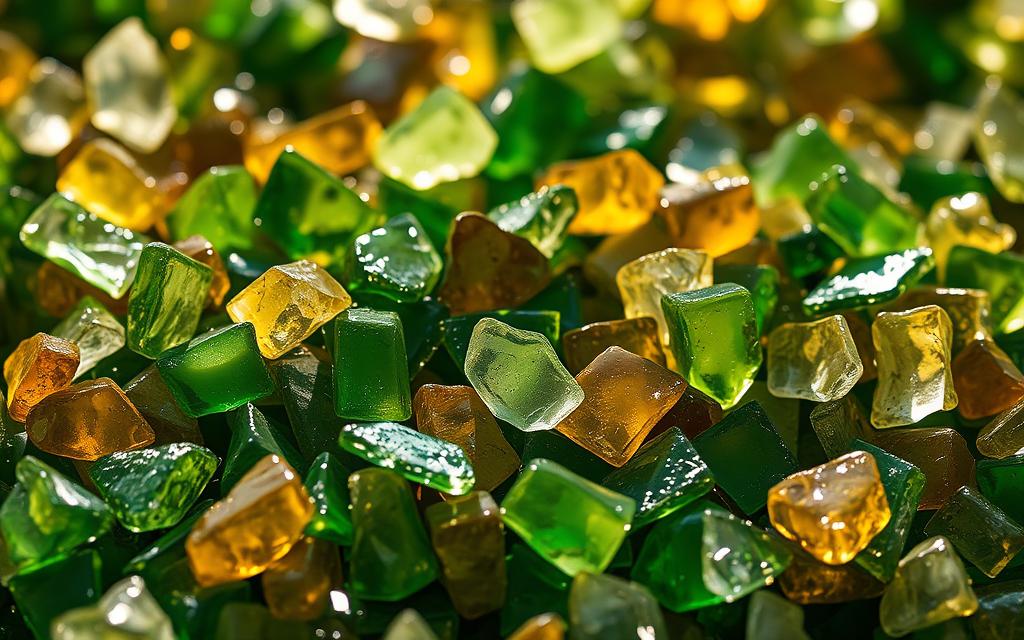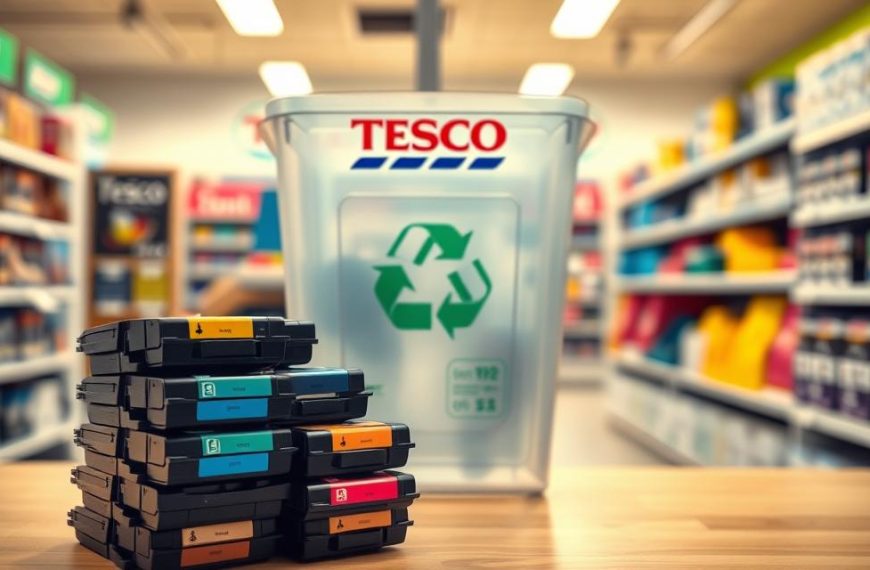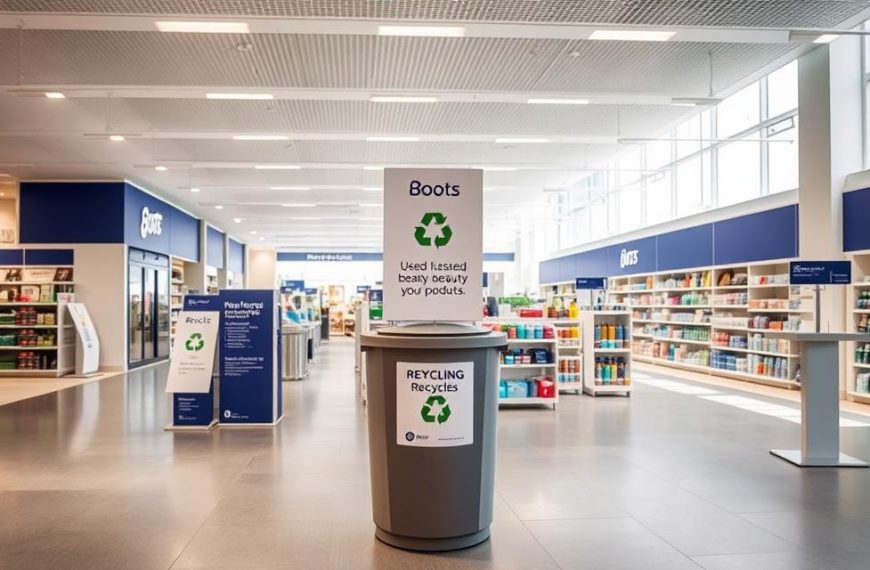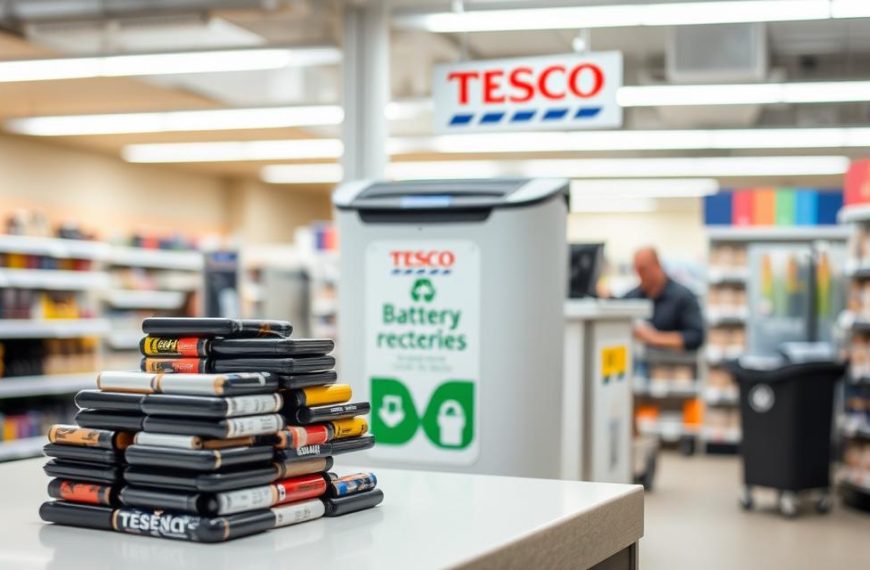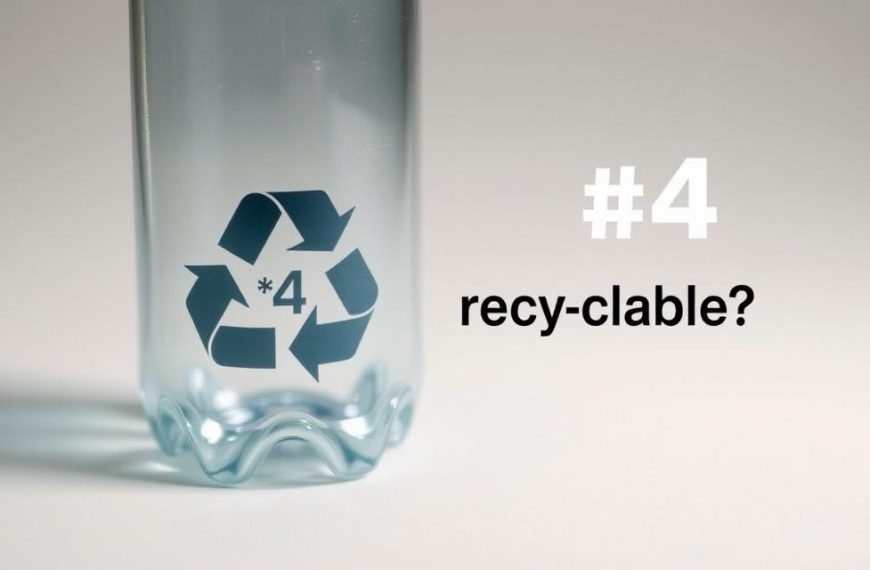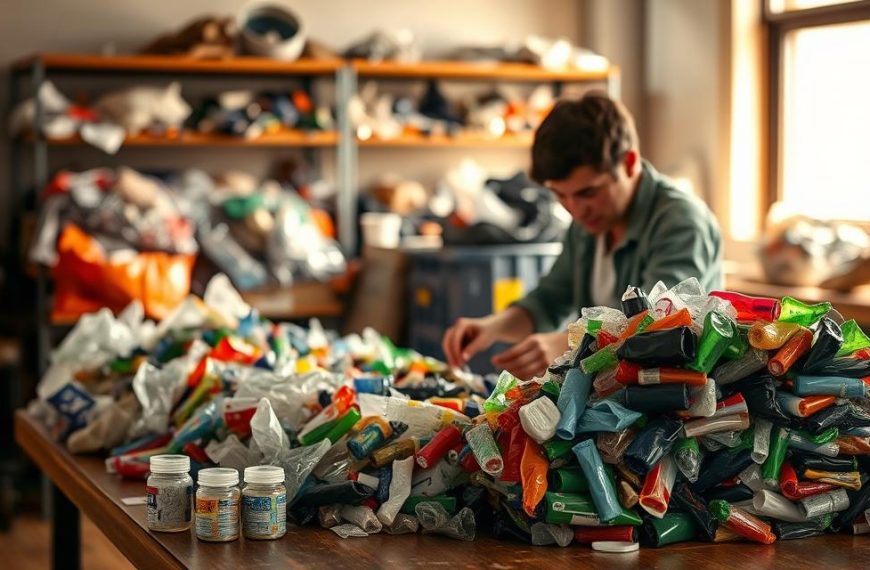Glass holds a unique position in the world of recycling. It can be melted down and reused repeatedly without losing its quality. This makes it a standout material for sustainability efforts. Yet, the reality of recycling practices tells a different story.
In the United States, only 31.3% of glass containers were recycled in 2018. This rate pales in comparison to European benchmarks, where recycling rates often exceed 90%. California, however, stands out with a recycling rate of over 80%, thanks to successful bottle deposit programs.
Despite its potential, millions of tons of glass end up in landfills each year. The U.S. generates 12.5 million tons of container glass annually, but the remelt capacity is just 5 million tons. This gap highlights the challenges in achieving true sustainability.
Companies like Krysteline are finding innovative ways to process non-remelt glass, offering hope for better utilization. The paradox of glass recycling lies in its theoretical infinite recyclability versus the real-world waste statistics. For more insights, check out this resource.
Introduction to Glass Recycling
The journey of glass recycling begins with its raw materials. Soda-lime glass, the most common type, consists of sand (SiO₂), soda ash (Na₂CO₃), and limestone (CaCO₃). This blend creates a durable and safe material, certified by the FDA for food and beverage containers.
Modern advancements have made these materials more efficient. Since the 1990s, containers have become 40% lighter, reducing the amount of glass needed. This innovation not only saves resources but also lowers transportation costs.
The collection process plays a crucial role in recycling efficiency. Single-stream systems, where all recyclables are collected together, recover only 40% of glass. In contrast, multistream systems, which separate materials at the source, achieve up to 90% recovery rates.
Once collected, glass undergoes a detailed process to become cullet, the raw material for new products. This involves crushing, cleaning, and color sorting. High-quality cullet meets PAS 102 standards, ensuring it’s suitable for various applications.
Companies like Owens-Illinois incorporate 30-35% cullet into their manufacturing, reducing the need for virgin materials. This practice highlights the importance of efficient recycling systems.
| Collection Method | Recovery Rate |
|---|---|
| Single-Stream | 40% |
| Multistream | 90% |
Understanding these steps is key to improving glass recycling efforts. By focusing on efficient collection and processing, we can maximize the potential of this sustainable material.
The Benefits of Glass Recycling
Recycling offers significant benefits for both the environment and the economy. By transforming waste into valuable resources, it reduces the strain on natural reserves and lowers operational expenses. This dual impact makes recycling a cornerstone of sustainable practices.
Environmental Impact
Recycling conserves natural resources. For every ton processed, it saves 1,300 pounds of sand, 410 pounds of soda ash, and 380 pounds of limestone. This reduces the need for mining and preserves ecosystems.
Using cullet in manufacturing also cuts emissions. A 10% increase in cullet use reduces furnace energy by 3%. This lowers greenhouse gases, with six tons of recycled material equaling one ton of CO₂ reduction.
Additionally, recycling minimizes air pollution. A 10% cullet blend decreases nitrogen oxides (NOx) by 8% and sulfur oxides (SOx) by 4%. Lower melting temperatures, around 2,600°F compared to 2,800°F, also extend furnace life.
Economic Advantages
Recycling reduces production costs. Incorporating 10% cullet into the feed lowers expenses by 2-3%. This makes manufacturing more efficient and cost-effective.
Landfill fees are another area of savings. In the UK, landfill costs $160 per ton, while daily cover fees are just $20. Recycling diverts waste from landfills, cutting these expenses significantly.
Successful programs like Ripple Glass demonstrate the economic potential. With 60 collection bins serving Owens Corning, they’ve created a sustainable model for others to follow.
“Recycling isn’t just about waste management—it’s about creating a sustainable future.”
By focusing on both environmental and economic benefits, recycling proves its value as a key component of modern sustainability efforts.
Is Glass Infinitely Recyclable?
The idea of endlessly reusing materials has long fascinated sustainability advocates. While glass can theoretically be melted and reshaped repeatedly, real-world practices reveal significant hurdles. Understanding these challenges is key to improving recycling efforts.
In the U.S., bottle return rates in deposit states reach an impressive 98%, compared to the national average of just 33%. This stark contrast highlights the impact of effective systems on recycling success. However, even in these states, contamination and processing limitations persist.
Optical sorters, for example, require glass pieces larger than 12mm to function effectively. Smaller fragments often end up as waste, reducing the overall quality of recycled material. This limitation underscores the need for advanced processing technologies.
Closed-loop recycling, where bottles jars are reused for the same purpose, offers the highest efficiency. Open-loop systems, on the other hand, repurpose materials for different applications, often resulting in lower quality output. Balancing these approaches is crucial for maximizing sustainability.
Contamination thresholds also play a critical role. Ceramics, stone, and porcelain (CSP) can render glass used unsuitable for remelting. Strict sorting processes are essential to maintain material integrity.
In the UK, a loophole allows 600,000 tons of exported glass to be counted as “recycled,” even if it’s not actually reused. This practice raises questions about the accuracy of recycling statistics and the need for transparent reporting.
Color mismatch is another issue. Amber beer bottles and green wine glass, for instance, cannot always be mixed without compromising the new glass product. Advanced sorting technologies, like those used in Krysteline’s K500-C-SC plant, can process fragments smaller than 12mm, offering a solution to this challenge.
| Recycling System | Efficiency |
|---|---|
| Closed-Loop | High |
| Open-Loop | Moderate |
Despite these advancements, the U.S. faces a significant gap. With an annual waste of 12.5 million tons and a remelt capacity of just 5 million tons, the system struggles to keep up. Addressing these limitations requires innovation, investment, and public awareness.
Challenges in Glass Recycling
Recycling systems face significant challenges that hinder their efficiency. While the concept of reusing materials is straightforward, real-world practices reveal systemic and logistical hurdles. These issues often prevent achieving the full potential of recycling efforts.
Single-Stream Recycling Issues
Single-stream recycling, where all materials are collected together, poses unique problems. Contamination from grease, labels, and caps reduces the quality of collected materials. This process often leads to wish-cycling, where non-recyclable items are mistakenly included.
Additionally, the processing of glass in single-stream systems is inefficient. A 12mm sieve removes up to 60% of collected fragments, rendering them unusable. This limitation highlights the need for advanced sorting technologies to improve recovery rates.
Economic and Logistical Barriers
Economic factors also play a significant role in recycling challenges. In the UK, landfill fees cost $125 per ton, while daily cover fees are just $15. This disparity incentivizes cheaper disposal methods over recycling.
Transport costs further complicate the issue. In the U.S., 75% of collected material is uneconomical for remelt due to high transportation expenses. Regional disparities in facility availability exacerbate this problem, with 400 MRFs (Material Recovery Facilities) struggling to meet demand.
Fiberglass and container glass incompatibility adds another layer of complexity. These materials cannot be mixed without compromising the products, requiring separate processing streams.
| Recycling System | Efficiency |
|---|---|
| Single-Stream | Low |
| Multistream | High |
Addressing these challenges requires innovation, investment, and public awareness. By improving collection methods and reducing contamination, we can enhance recycling rates and move closer to a sustainable future.
Conclusion
The future of recycling hinges on innovative systems and consumer engagement. Hybrid collection methods, combining deposit and curbside programs, can significantly improve recovery rates. Source-segregated collection ensures 90% furnace-ready cullet, maximizing efficiency.
CO₂-based PRN valuation offers a powerful incentive for processing, aligning economic and environmental goals. Emerging markets like foam glass, silicon fertilizers, and water filtration expand the potential uses of recycled materials.
Consumer education, modeled after European school programs, plays a vital role in reducing contamination and increasing participation. Programs like Ripple Glass demonstrate the scalability of effective recycling models.
As David Rue aptly stated, “Recycling economics require systemic reinvention.” By investing in infrastructure and fostering public awareness, we can achieve the future of glass recycling and move closer to a sustainable future.
